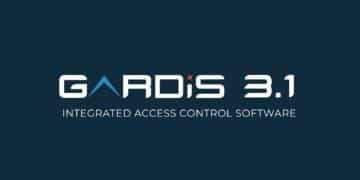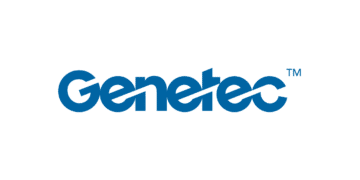In a new blog, acre security delves into the world of the cloud and explores the reasons why it is the safest, smartest option for physical security, examining the benefits around flexibility, removing friction and barriers, and the benefits of digitising the whole visitor management process, as well as much more on its website, which you’ll find the link to below.
For years, the cloud felt like a risk. In security, where stakes are high and failure isn’t an option, it made sense to hesitate. We were trained to think defensively — to control what we could see, configure, and lock down in a server room.
But that world is behind us. The cloud has become one of security’s greatest strategic advantages.
Security today demands more than walls and wires. It requires adaptability. Speed. Intelligence. The ability to make decisions in real time and scale without friction. That’s why the cloud is no longer just an IT decision — it’s a leadership decision.
We’ve worked with some of the world’s most demanding environments — financial institutions, healthcare networks, education systems, and enterprise campuses. We know what it takes to modernize without disruption. And we’ve seen the shift firsthand: forward-looking organizations are embracing the cloud not just to catch up, but to move ahead with confidence.
Built for Change, Not Retrofits
There’s a critical difference between cloud-hosted and cloud-native. A platform simply moved to the cloud can still behave like an on-prem system with the same limitations. But platforms built for the cloud? They’re different. They’re built to withstand outages, scale instantly, and recover fast, automatically.
That’s what Secure by Design looks like in practice. Distributed infrastructure across regions. Load balancing that ensures uptime. Auto-scaling to handle unexpected surges. Continuous backups and intelligent failover that kick in without operator intervention.
And when connectivity dips, mission-critical functions like access control, emergency response, and alerting continue to operate at the edge. It’s resilience you can count on — proven at scale, not just promised.
Human-First, Secure by Default
The best security doesn’t create friction — it removes it. It doesn’t demand workarounds or guesswork — it simply works the way people do. It meets them where they are, with clear interfaces and strong security embedded behind the scenes.
Modern platforms enable SSO and MFA without slowing people down. Role-based access ensures employees only have the privileges they need — nothing more, nothing less. Encryption is on by default. Credentials are secure, policies are enforced, and users don’t need a manual to stay compliant.
When your tools are built to fit how people actually work, you’re not just reducing risk — you’re enabling better outcomes.
Rethinking the Front Door
The lobby isn’t just an entry point anymore. It’s the first handshake in your security experience.
Visitor management is a layer of security too often overlooked. Paper sign-in sheets might check a compliance box, but they don’t secure your building or your people.
Cloud-based systems digitise the entire process. Guests receive digital credentials before they even arrive. Check-ins are touchless. Every entry, exit, and interaction becomes part of a real-time audit trail. And because these systems integrate directly with access control and video surveillance, a visitor badge can trigger deeper workflows, like access permissions, recording events, or even emergency actions.
To read the full blog, click here
For more acre security news, click here





